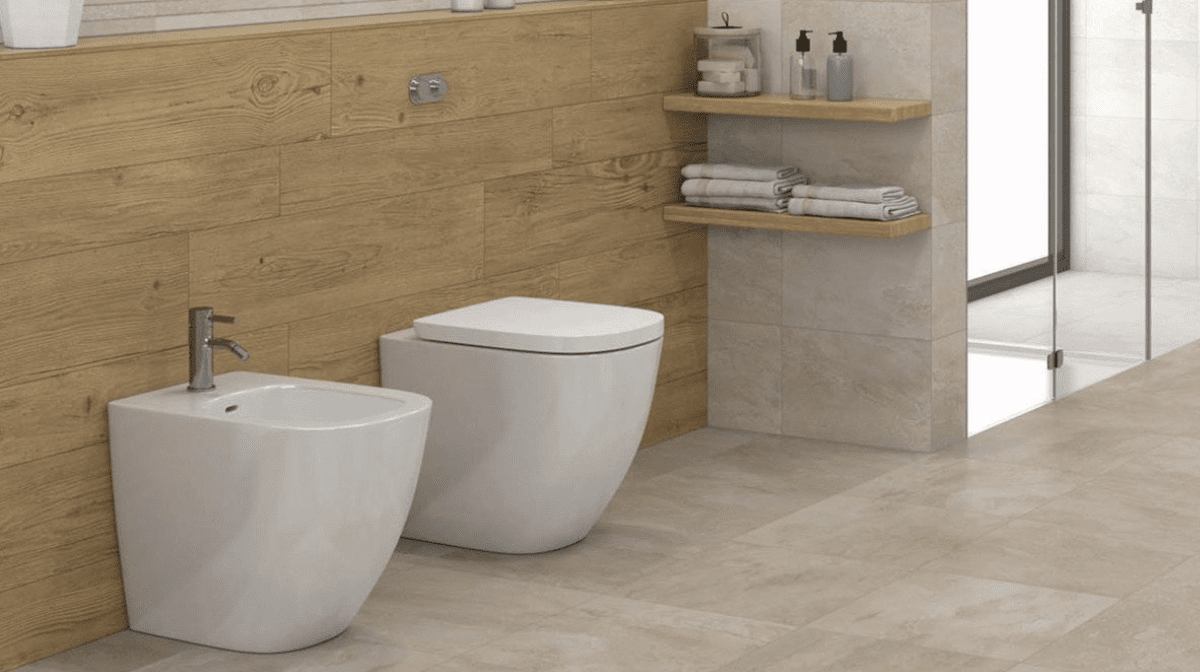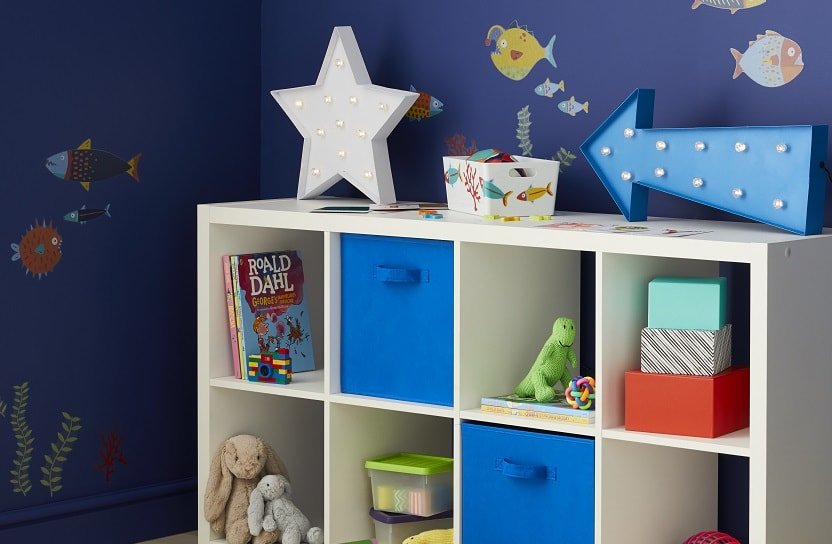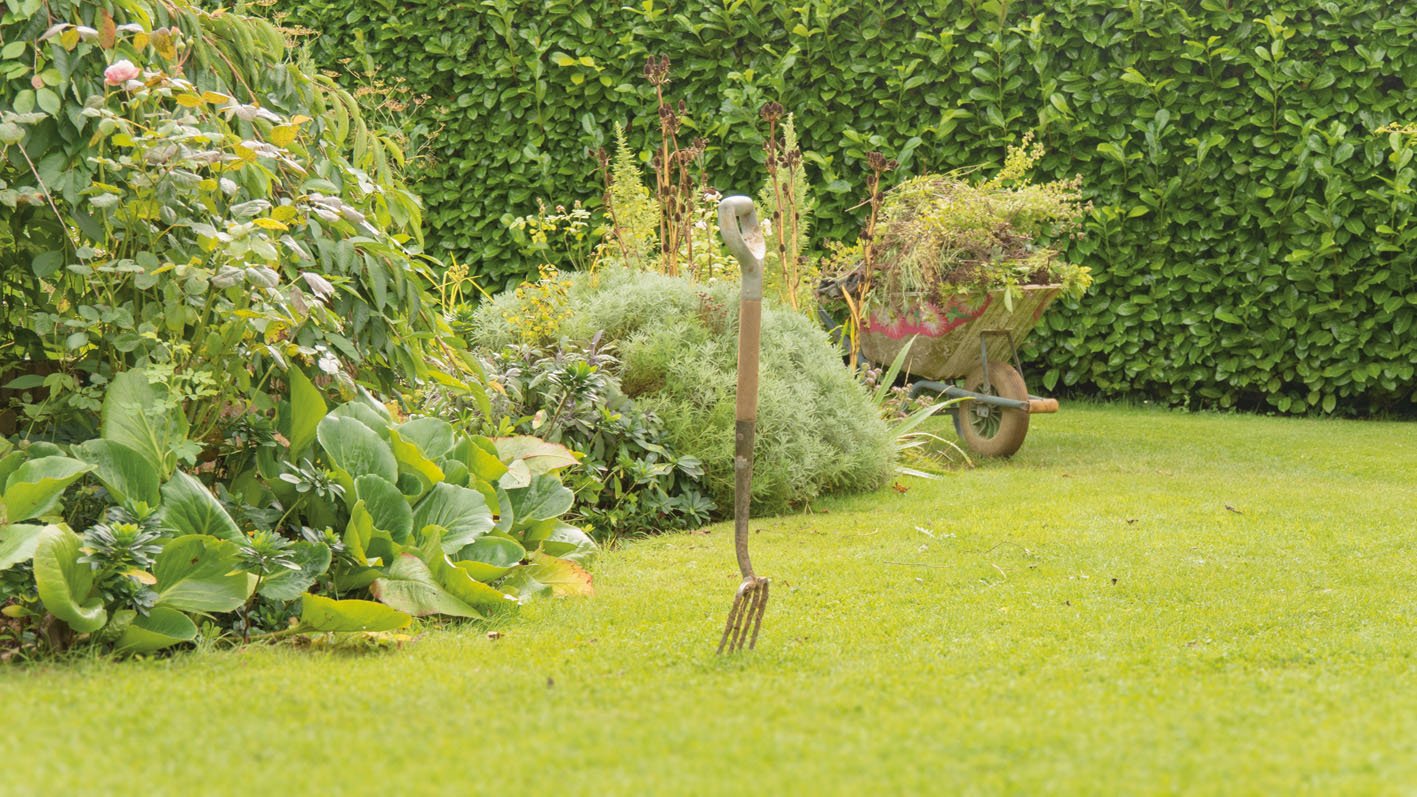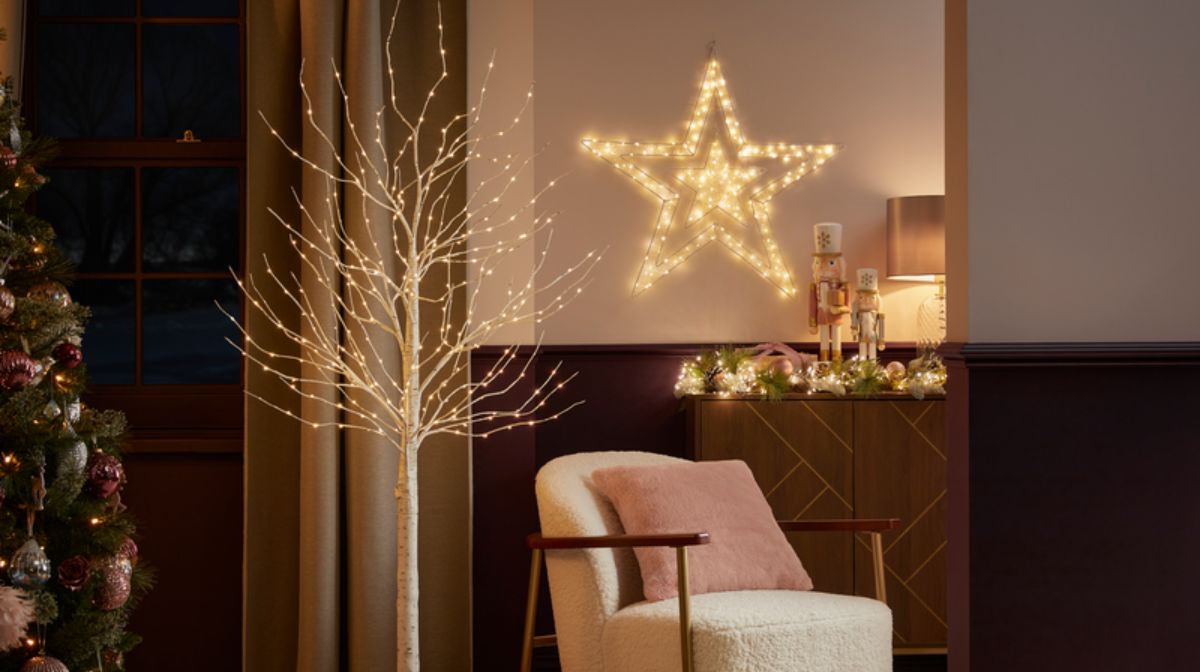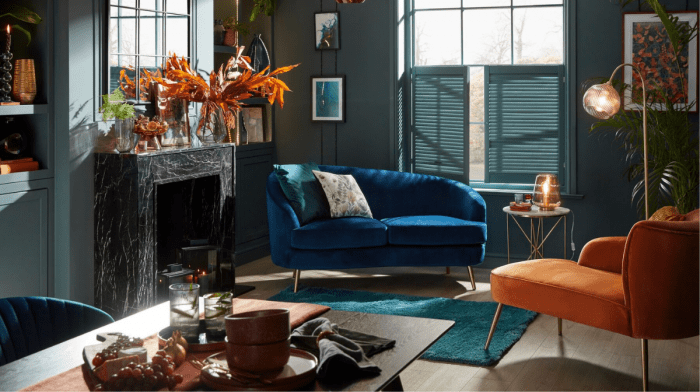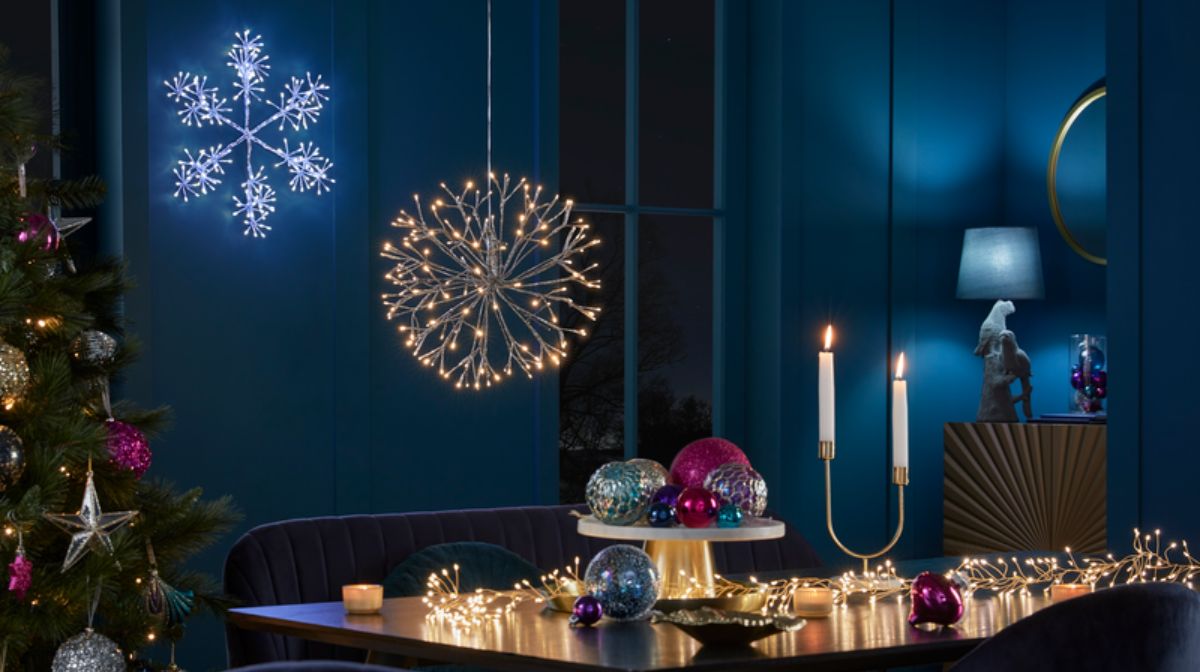After 300 years in mainland Europe, the bidet has made its way over to the UK, with more and more bathrooms featuring this handy, hygienic little device. Used for intimate washing, the bidet can help you stay clean and fresh, as well as injecting a bit of continental style into your bathroom suite.
Read this quick guide to learn more about the bidet, and how one could look right at home in your bathroom.
How a bidet works

We’ve all seen them when we’ve been abroad: the funny little basins that look a bit like a tiny bath sitting next to the toilet. We’ve probably all wondered what on earth we do with them, and how they work, and the answer is simple: they clean. They are not an alternative to the toilet (not a mistake you want to make), but rather they are a supplement.
Basically, once you’ve finished on the toilet as normal, you pop yourself onto the bidet (sitting exactly like you would on the toilet), and you use the tap to control a flow of water which serves to clean you up. Simple! This can also be very useful for women when that time of the month comes round. You can either just let the tap flow, or you can use the basin waste to fill the bidet up with as much water as you like, much like you would a bath.
They are also brilliant ways of keeping clean for people with limited mobility, since they can serve as almost a mini, very localised shower, and you can buy ones that sit quite high off the floor so you don’t have to sit down too far.
How a bidet looks

Many bidets bear a striking resemblance to a basin. They are usually rounded bowls which have a narrow base and larger top, which sit on the floor next to the toilet. Typically, bidets are white, which makes them very easy to match into any bathroom suite. In terms of style, you can find a bidet which is in keeping with the overall décor of the room, with some looking traditional as shown and others looking more modern.
They are normally fitted against a wall, with the tap sitting at the wall end, and some people opt to have a bidet unit fitted around them. The pipework is neatly concealed by these units, and if the bidet is wall-hung this also hides the pipes, keeping everything looking neat and tidy. Many are built with an overflow hole, just in case you accidentally leave the tap on a bit longer than necessary!
Typically, bidets fall into two categories: wall-hung and back to wall. Wall-hung bidets are exactly that: wall-hung. They are mounted onto the wall using a wall-hung frame at whatever height is required, making them a great solution for use by people with limited mobility. This is also a great way of creating the illusion of space, since there will be a gap of a few inches between the bidet and the floor, and this also makes them very easy to clean. Back to wall bidets do rest on the floor, fitted neatly against the wall.
What size are bidets?
Bidets are typically quite petite, and therefore most bathrooms will have room for one. They are usually between 30 and 40 centimetres tall, and 35-39 centimetres wide. In terms of depth, they normally measure around 56 centimetres.
For bathrooms with more limited space, you can get bidets with a shorter projection. This means they do not stick out as far as regular bidets, measuring at roughly 51 centimetres rather than 56. This means they take up less floor space, and can therefore be fitted into a smaller area.
Do I need to buy anything to go with a bidet?
Any bidet will require a basin waste to slot into the bottom. These are available with click-tops, flip-tops, or even free-flow tops, so you can choose the style that works for you. Furthermore, taps are frequently not included, although there are another necessity.
If you are planning to get a wall-hung bidet, you will also need a wall-hung frame. This attaches the bidet to the wall securely, meaning that you don’t have to worry about its stability. These can withstand up to 200kg of weight, so you can be sure of their strength.
Do bidets last as long as toilets?
Their popularity has endured for over 300 years now, so if you have one fitted in your bathroom, it’s not likely to ever go out of style. Many bidets are made using porcelain, which – as well as being very easy to clean – is a durable material. Indeed, most bathstore bidets come with a lifetime guarantee, which should make you confident in the reliability of your bidet.
As well as being practical and hygienic, bidets can be very stylish – a real feature in any bathroom suite. They are easy to use and maintain, and since they are so long-lasting you can be sure that, once you’ve had one fitted, you will reap the benefits for years!

